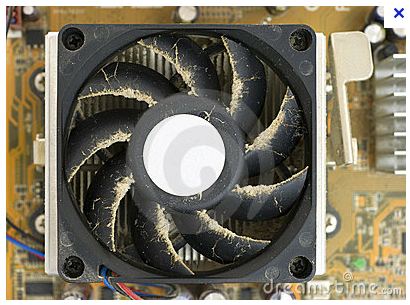Most of us have used a public computer at some point in our
lives, If you haven't, there might come a time where your computer crashes,
or on vacation, where you will need to go to the local library or a
Lan Cafe to use a public computer.
Either way, using public computers
will always carry a risk of exposing your personal data.
Below are some things you can do to try to eliminate the
risk of Identity Theft after using a public computer.
- Pay attention to your
surroundings and use common sense
I know its pretty obvious but it really is the most
important thing to do. Remember to pay attention to things outside of the
actual computer, be aware of who's sitting next to you, don't view any
truly sensitive documents you couldn't bear for others to see, like your bank
accounts, etc.
- Don't leave the
computer unattended with sensitive information on the screen.
If you have to leave the public computer, log out of all
programs and close all windows that might display sensitive information
- Delete your
Browsing History
When you've finished browsing, it's a good idea to delete your
cookies, form data, history, and temporary internet files if using Internet
Explorer.
You can do all this at once by doing the following.
Tools
Click on Internet Options
Check the box that says Delete Browsing history on
exit, and then click on the Delete button.
Click on the Check Boxes next to everything that you want gone.
Hit the Delete button and it will wipe it
clean!.
- Don't save passwords
To make sure passwords are not saved in Internet Explorer, go
to:
Tools
Click on Internet Options
Click on the Content tab then click on
the Settings button in the AutoComplete area.
Make sure the box that says User names and passwords
on forms is not checked.
- Don't save files
locally
When you're using a computer other than your own, even if it's a
trusted friend’s machine, it's polite to avoid saving files locally if you can
help it. This is basically equivalent to not cluttering up another person’s
home with your junk. On a public machine, though, this goes beyond politeness
and is an important security practice. Many of the files you would normally
save locally, such as e-mail attachments, can contain private or sensitive
information. An easy way to protect this data is to carry a flash drive and
save files there when necessary. It’s also a good idea to attach the flash
drive to your key ring so you’ll be less likely to misplace it and create a new
security problem.
- Don't do online
banking
Do I need to explain? if you really need to check your
balance on the road Download a banking application for your phone if your
bank provides it, or find a branch office / ATM.
- Don't enter credit card
information
As with online banking, public computers are not the place for
online shopping. Your purchases from eBay or Amazon.com can and should wait
until you can browse from a more secure location. A little added convenience isn't worth the trouble of having your credit card hijacked
- Reboot
When you’re finished using the public computer, the final thing
you should do is a hard reboot. This will not only clear the pagefile, if you've enabled that option, but it will also clear out everything you did from
the physical memory (RAM).
Hopefully next time you use a public computer you will know how to protect your Identity. By not doing anything leaves you exposed to Identity Theft!.
If you have any questions or would like to suggest any topics
you would like to see on this page please email me at William@Techsupportman.com















